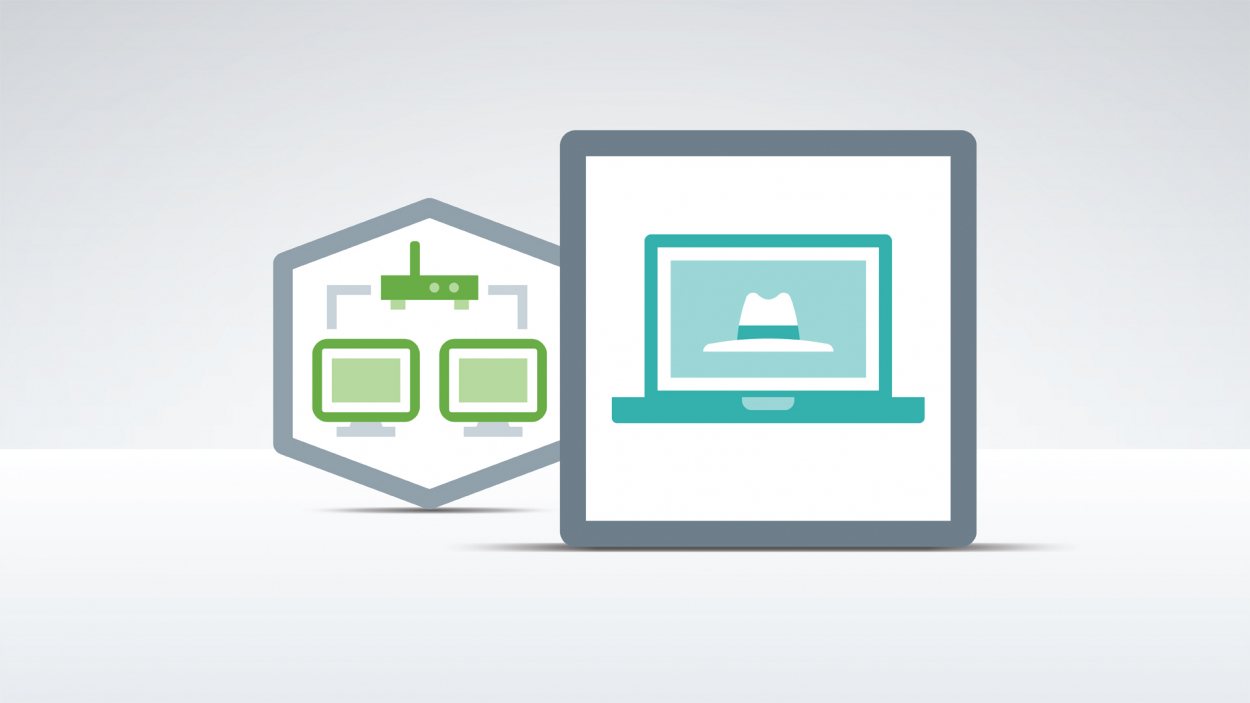
1. A typical UI/UX designer's set of professional responsibilities combines a variety of important liabilities and skills. Prospective applicants are expected to:
2. Plan for the needs of the client by understanding business requirements, the client's perspective, client initiatives, client criticism, and ease of use discoveries.
3. Make client streams, wireframes, models, low- and high-devotion mockups quickly and iteratively.
4. Speak with item and designing groups, as well as business partners and chief initiative.
5. By including customer feedback, use metrics, and ease of use research into the plan, you can ensure that the voice of the customer is there.
1. UX authoring, interaction design, usability testing, and graphic design are some of the growing number of speciality specialities in the multidisciplinary field of UI/UX design. Expectations for UI/UX typically take into account a combination of these jobs.
2. UI/UX strategy The focus of this job is on creating the UI in light of client research information. Architects employ cycles, such as wireframing and prototyping, followed by usability testing, to achieve this. The most comprehensive configuration title, which may include some or all of the capabilities below, is UI/UX configuration.
3. Visual Design: Visual designers are responsible for the appearance and feel of a tangible or digital object. This can include everything from bundling to website structure. They collaborate closely with communication creators and UI/UX marketing experts to create a client experience that is aesthetically pleasing, simple to use, and effective.
4. Usability and research: UI/UX analysts focus on customer feedback from social gatherings. They oversee client interviews, observe clients in their homes or testing environments, arrange centre gatherings, and provide configuration summaries.
5. Coding: UX engineers serve as liaisons between the design and planning teams. They are responsible for taking a plan and giving it new life through code. The arsenal of a UX designer includes scripts like HTML, JS, CSS, etc.
6. writing for UI/UX. Although it helps to understand it, UI/UX writing is a particular skill. Microcopy is a fantastic tool for creating a positive client experience.